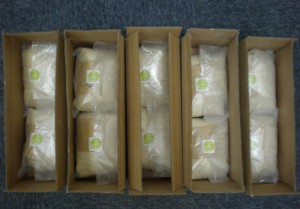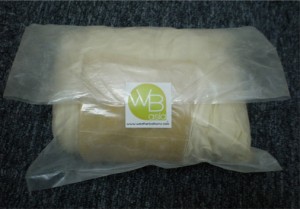Please Visit our Website: www.weatherballoons.asia
and make your Selection between our range of Pilot Balloons, Ceiling Balloons and Sounding Balloons.


————————————————————————————————————————————————-
More Information about Weather Balloons:
Weather balloons are a special type of air craft that is designed to fly at very high altitudes. Weather balloons carry all sorts of gear aloft in order to measure the atmospheric pressure, the temperature and the humidity; all the data is then sent back to the weather center. The same weather balloons are incredibly useful in getting info about wind movements; thus, the devices can be tracked with the help of a radar or navigation systems of the GPS (Global Position System) type. For people who don’t know the working mechanisms, weather balloons are pretty fascinating, and they surely make a great view to watch as they rise. But how do weather balloons operate?
Weather balloons are made of latex, since this material has high flexibility properties and it produces the lift itself. The measurements are performed by a separate unit called radiosonde; this item of equipment is attached at the lower end of a string and it enables the measurement of all sorts of parameters; this is in fact the way to determine the ozone concentration for instance. The filling of weather balloons is made either with helium or with hydrogen, though the latter is the cheaper alternative. It is the actual quantity of gas in the balloon that influences the ascent rate.
Weather balloons can sometimes reach 40 kilometers (25 miles) in the atmosphere, but they can get even higher according to the material they are made of and the gas quantity present in the envelope. There is however a limitation to how far weather balloons can get since under the influence of the diminishing pressure, they expand to such an extent that when they reach the critical point of maximum inflation, they disintegrate. Under such circumstances the measurement gear is lost. For determining weather at even higher altitudes, scientists rely on sounding rockets and satellite observation.
Weather balloons have a world-wide usage extent being launched on various weather conditions for allowing routine and special prognosis. They are also of great use to computer models for weather forecasting being involved in double launches in approximately 800 locations all over the world. This means that every twelve hours, weather balloons send fresh information. The funny part about weather balloons is that they are often mistaken for unidentified flying objects and reported by many people as such. One other application for weather balloons is that of making cluster formations.
A weather balloon serves for the determination of the upper atmospheric conditions, gathering data that it sends back to the basis by means of a radio transmitter. There are two main ways in which a weather balloon can get the temperature, the air pressure and the wind specificity: it can either record and transmit data as it ascends, or it can start measuring only when it reaches a predetermined altitude. Modern technology uses special radars, all sorts of sensors and complex satellite systems to determine weather conditions, and the use of a weather balloon is just a supplementary means of increasing the level of information.
Helium is the most widely used gas for the inflation of a weather balloon; its preference comes from the fact that it is less dense than air, which ensures a good buoyancy of the envelope. Several weather balloons types exist, each with a specific function. Thus, a pilot weather balloon is a smaller air craft that is followed visually when ascending; its main utility is that of providing information on the speed and the direction of the wind. Then, there is the ceiling weather balloon with multiple applications in determining the altitude of cloud basis. And last but not least, the most advanced model is the teardrop.
The teardrop weather balloon carries a radiosonde, which is the necessary equipment to measure temperature, air pressure and humidity levels at very high altitudes. Under the influence of the decreasing atmospheric pressure, the balloon inflates until it bursts; then, the gear aloft is parachuted down to be retrieved. When flying horizontally, a weather balloon can be monitored or tracked by satellites; it is horizontal sounding that creates the biggest challenges for investigations. Thus, only very advanced weather balloon models can remain intact at very low pressures and resist dire weather conditions in the external layers of the atmosphere.
The tetroon is the weather balloon used for horizontal sounding. The manufacturing techniques are very special, allowing the air craft to withstand the challenges of high-altitude flight. The triangular faces of this weather balloon have straight seals with a superior level of resistance as compared to the curved seals specific to traditional balloons. Tetroons are generally used to track low-level atmospheric currents allowing meteorologists to develop a better understanding of the formation of air turbulences, vertical air movement and pollution dispersion. The costs for such weather balloons are much higher, but the data retrieved this way surely make the price worth paying.
